Packing It Up: Part II - Winterizing Inboard Boat Motors
Now that Labor Day has passed, boating season is coming to an end while cold weather looms on the horizon. The engine is the most expensive part of...
5 min read
Bell Performance : Aug 31 2012
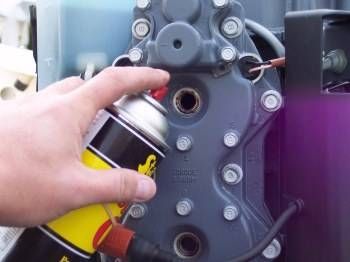
Now that Labor Day has passed, boating season is coming to an end while cold weather looms on the horizon. The engine is the most expensive part of your boat, so it's important to treat it right.
When it comes to taking care of the boat in preparation for winter, putting in a little work ahead of time will save you (potentially) thousands of dollars.
Not doing anything for your boat and leaving it out in the cold weather can lead to some nasty scenarios (maybe a cracked block or housing) that can quickly drain your bank account.
So put your boat's engine to bed properly at the end of boating season. It will help you get back into the water next spring a lot more quickly and with a lot less hassle. So today, we'll talk about the steps you should take to get your outboard motor ready for winter.
One of the critical purposes of winterizing a boat engine is to prevent or slow the development of rust during its storage period. Rust is one of those insidious things that may creep up on you in a non-dramatic way - it happens slowly such that you can't notice it happening in real time. Rust prevention is critical to the long life and health of the boat. To kick this preventive process off, you'll want to arm yourself with "corrosion-inhibiting" products.
You want to be as careful and thorough as possible in taking care of your engine before you put it away. The rule of thumb is to follow your owner's manual instructions whenever applicable. The boat manufacturer really knows best on how to take care of what it made.
In the absence of said manual, you can follow a couple of checklists here. There's a set of guidelines for outboard motors and another set for inboards. When following the steps, ignore the ones that don't apply to your specific engine, if any.
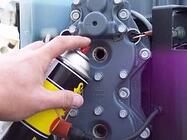 Typically, the only items you will need, other than your engine's normal lubricants are:
Typically, the only items you will need, other than your engine's normal lubricants are:
Try these steps to get your outboard motor ready:
1. Freshwater flush
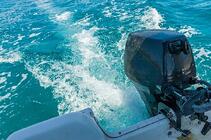 The purpose of flushing a boat motor is to prevent contaminants from building up inside the engine. During its seasonal use, salt and other debris accumulates in the engine hoses and the engine in the absence of regular flushing (does anyone regularly flush their engine in the middle of boating season?).
The purpose of flushing a boat motor is to prevent contaminants from building up inside the engine. During its seasonal use, salt and other debris accumulates in the engine hoses and the engine in the absence of regular flushing (does anyone regularly flush their engine in the middle of boating season?).
Ideally you want to flush the motor after each time of use, but at a minimum you'll want to start your winterization process with a good freshwater flush. To do this, use a flushing attachment or run the outboard in a tank filled with clean water. For more detailed instructions on flushing a motor, the web site ask.com has an excellent article on the subject.
2. Empty fuel lines and carburetors
Now, it's time to empty the fuel out of the lines and carburetor. While the engine is still running, disconnect the fuel line from the engine. You want to do this so gasoline (especially ethanol-blend gasoline) isn't left sitting in the fuel line over the winter. This will go a long way toward preventing gums from forming in the stagnant gasoline and clogging lines and jets or injectors.
3. Fog the carburetor intake(s)
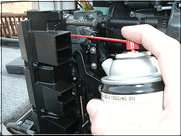 Before the engine runs out of fuel, spray the fogging oil into the engine carburetor(s). Fogging oil is an anticorrosive that will protect the internal surfaces of the carburetor and the cylinders. As you leave it running, the engine will start to run roughly just before it runs out of fuel (if you have a lower HP engine, it might stall out). When that happens, shoot some more fogging oil into the carburetor. This will ensure that all the internal surfaces are fully coated and ready for storage.
Before the engine runs out of fuel, spray the fogging oil into the engine carburetor(s). Fogging oil is an anticorrosive that will protect the internal surfaces of the carburetor and the cylinders. As you leave it running, the engine will start to run roughly just before it runs out of fuel (if you have a lower HP engine, it might stall out). When that happens, shoot some more fogging oil into the carburetor. This will ensure that all the internal surfaces are fully coated and ready for storage.
4. Drain cooling passages
Draining the cooling passages is important because you want to empty all the water out of that system to ensure that it will not freeze if the boat gets exposed to freezing temperatures over the winter. To do this, disconnect the flush attachment or remove the motor from the flush tank. With the motor upright, let all the water drain out of the pick-up. If your motor has a drain plug, open them up to empty the powerhead and intermediate housing. You'll want to crank the motor a couple of times by hand or "bump" it with the starter to empty the water pump.
5. Fog the cylinders
Break out your can of fogging oil again. Remove the spark plugs and spray fogging oil into the holes to coat the interior surfaces of the cylinders. Rotate the flywheel a few turns to spread the oil on the cylinder walls.While you're at it, check those spark plugs. If they look like they need replacing, do that; otherwise you can regap them and reinstall after the fogging procedure.
6. Lubricate linkages and the electric starter drive mechanism
These areas need an application of a good oil or grease. Clean the pivots and any gears in view before protecting them with the lubricant. If you're unsure about any of this, consult your owner's manual for do's and don'ts.
7. Drain and refill gearcase
Use whatever lubricant is specified for your engine in the owner's manual. Draining the oil removes any water that has gathered in the lube oil durnig use, plus allows you to do a quick check for potential problems like the presence of metal shavings. Refill the oil tank with the right amount of oil after draining. If you're unsure about this kind of procedure, here's a helpful link on the steps you need to take.
8. Touch up damaged paint
You will want to coat the boat's powerhead with an anticorrosion spray to prevent rust.
9. Drain fuel tank and supply lines
Especially with ethanol fuel, leaving old gasoline in the tank and then trying to start it up again after the winter is asking for trouble. Manage the last few weeks of your boating season to leave your fuel tank(s) close to empty, then drain the fuel that remains. You can always use that gas in something else, whether it's your car or truck or your lawn mower.
For some people, they can't drain their tanks dry. If you're in that boat, so to speak, then top off the tank to 95% full instead and add some marine fuel additive. Gasoline with ethanol is subject to phase separation if water gets into the fuel, which it will surely do with a half-empty tank over the winter. Filling the tank limits the air space inside the tank and reduces the potential for internal condensation.
Just be careful not to overfill the tank. Changes in temperature will cause the volume to expand, so you need to leave room for that to happen.
10. Stabilize the fuel (if you can't drain the tanks dry)
This is even more essential to do since we first talked about this topic back in 2012. More and more marine gas has some kind of ethanol content, which means you really need a good fuel stabilizer. If you leave your tank full, dose it with an appropriate amount of marine fuel additive to combat the formation of passage-clogging gums. There are lots of choices for marine fuel additives; you will want one that prevents phase separation and has proper detergency without containing any alcohol.
Add your fuel stabilizer and run the engine for about 15 minutes to ensure the treated fuel gets into the fuel lines and filters and everywhere it needs to be.
11. Add antifreeze
Adding antifreeze is important to prevent any residual water you missed from freezing and causing damage to the engine block. You'll want to get an antifreeze made from propylene glycol, which is less toxic than automotive antifreeze in case it ends up leaking into the water at some point.
12. Clean and lubricate the propeller shaft
Obviously this is to prevent rust and deterioration in the offseason. But some people take to removing the prop and taking it home to cut down on theft. We guess it happens often enough for that to be a consideration.
13. Store the boat upright
This is a bit of a hassle (unless the marina does it for you) but adds an extra layer of protection in preventing damaging water for pooling or draining in places where it should not.
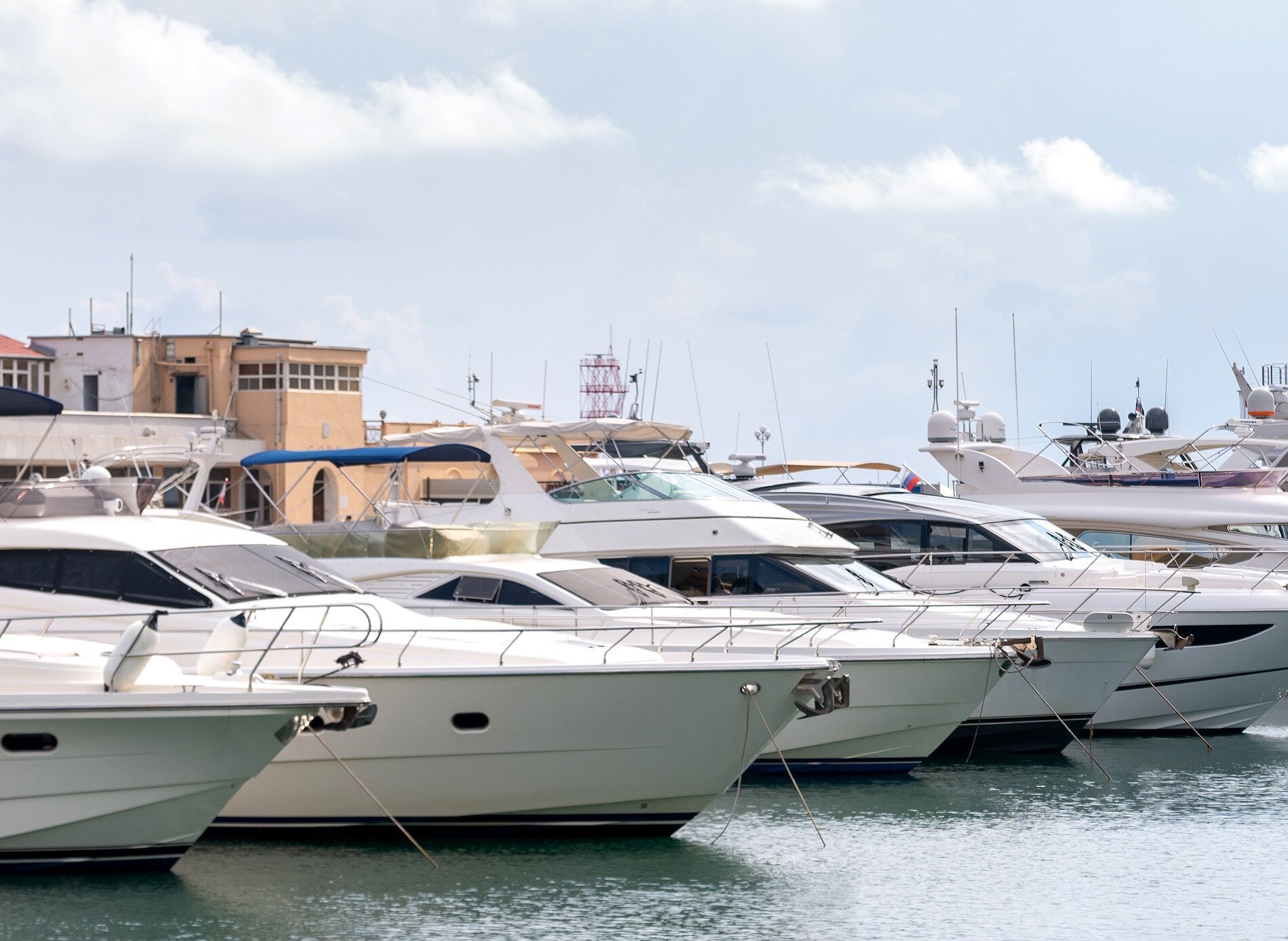
Now that Labor Day has passed, boating season is coming to an end while cold weather looms on the horizon. The engine is the most expensive part of...
In cases where diesel engines are going to be inactive for stretches during the winter, special steps need to be taken to prepare them. Most...
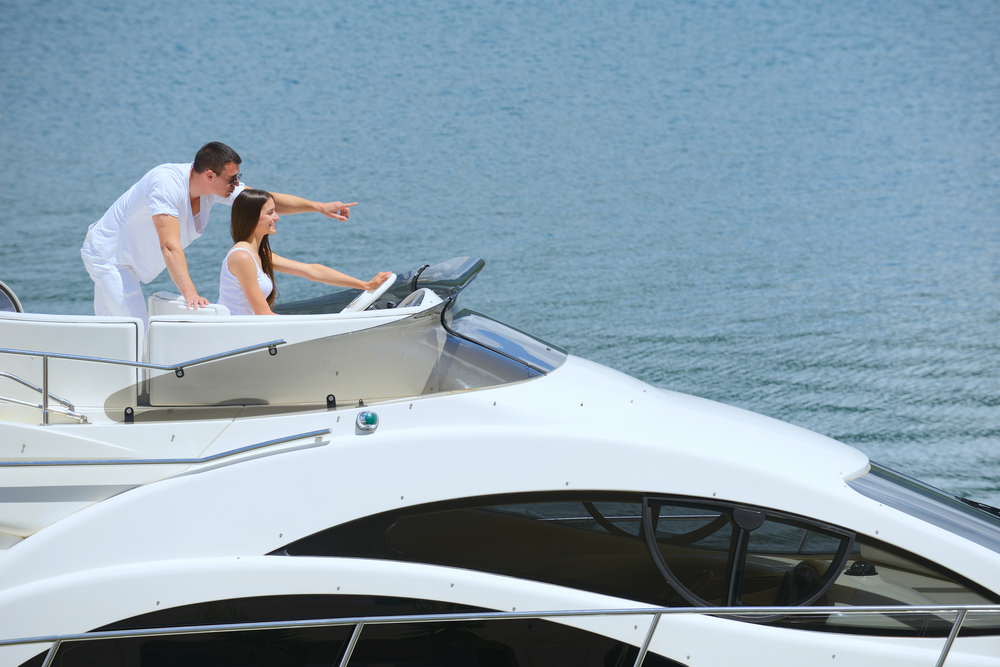
No matter what kind of boat you own, if you’re like most boat owners you want to squeeze out as much horsepower from it as possible.